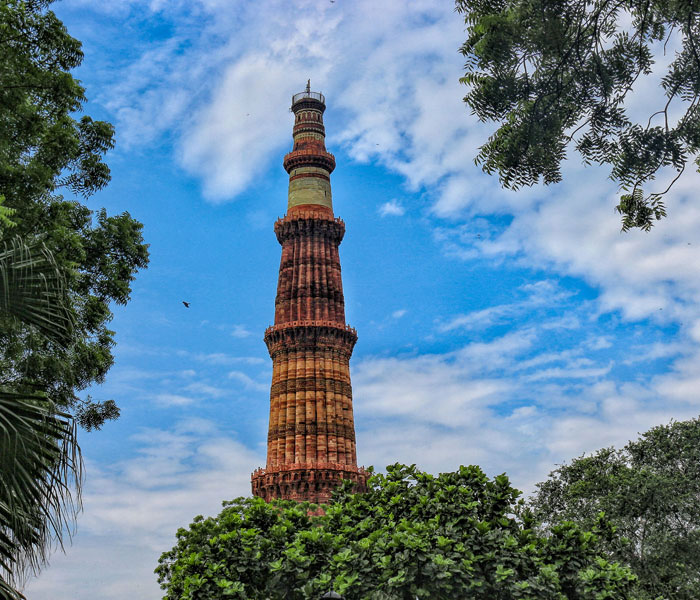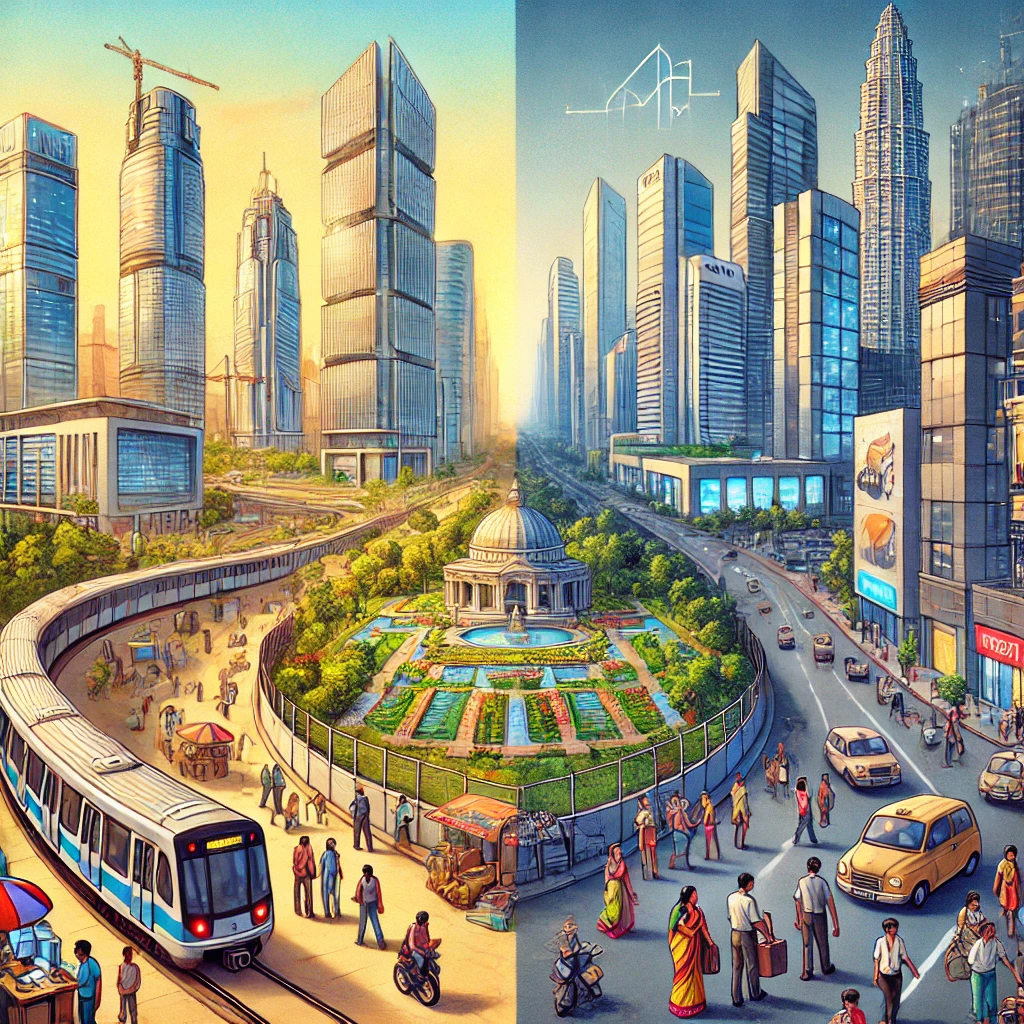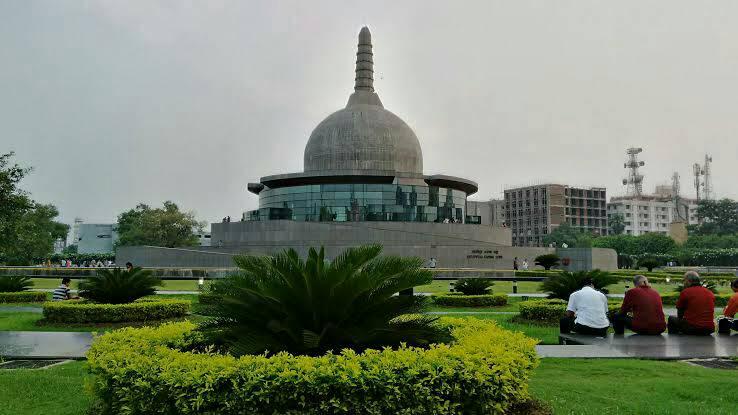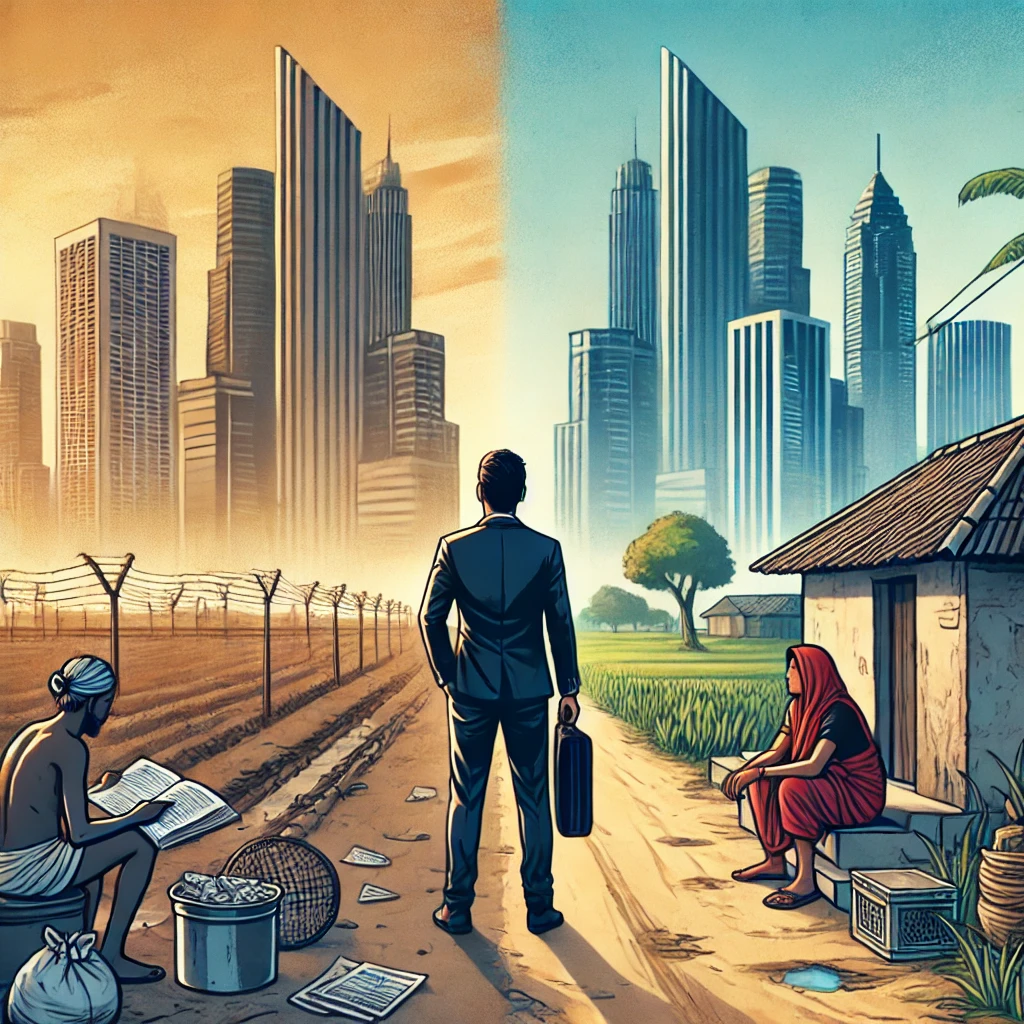The Rise of Renewable Energy Projects in India: Paving the Way for a Sustainable Future
India, with its vast and diverse geographical landscape, has emerged as a global leader in renewable energy. The country’s commitment to sustainable energy solutions is transforming its energy sector, reducing dependence on fossil fuels, and combating climate change. This article explores the various renewable energy projects in India, their impact, challenges, and the future outlook for the sector.
The Renewable Energy Landscape in India
India’s renewable energy sector has grown exponentially over the past decade. As of 2023, India’s renewable energy capacity stands at over 150 GW, making it one of the largest renewable energy markets in the world. The country aims to achieve 450 GW of renewable energy capacity by 2030, aligning with its commitments under the Paris Agreement.
Major Renewable Energy Sources
- Solar Energy: Solar energy is the cornerstone of India’s renewable energy strategy. With abundant sunlight throughout the year, India has immense potential for solar power generation. The Jawaharlal Nehru National Solar Mission (JNNSM), launched in 2010, aims to establish India as a global leader in solar energy. Key projects include:
- Bhadla Solar Park: Located in Rajasthan, Bhadla Solar Park is one of the largest solar parks in the world with a capacity of over 2.2 GW.
- Pavagada Solar Park: Situated in Karnataka, this park has a capacity of 2 GW and is spread over 13,000 acres.
- Rewa Ultra Mega Solar Park: Located in Madhya Pradesh, this project has a capacity of 750 MW and is a significant milestone in India’s solar energy journey.
- Wind Energy: India’s wind energy potential is primarily concentrated in the states of Tamil Nadu, Gujarat, Maharashtra, Karnataka, and Rajasthan. The country’s installed wind power capacity is over 40 GW. Prominent projects include:
- Muppandal Wind Farm: Located in Tamil Nadu, this wind farm is one of the largest in India with an installed capacity of over 1.5 GW.
- Jaisalmer Wind Park: Situated in Rajasthan, this park has an installed capacity of over 1 GW and continues to expand.
- Hydropower: Hydropower has been a significant part of India’s energy mix for decades. With over 45 GW of installed capacity, hydropower projects contribute to about 12% of the country’s total power generation. Key projects include:
- Tehri Dam: Located in Uttarakhand, the Tehri Dam is one of the tallest dams in India and has a capacity of 1 GW.
- Bhakra Nangal Dam: Situated on the Sutlej River in Himachal Pradesh and Punjab, this project has an installed capacity of 1.32 GW.
- Biomass and Bioenergy: India’s agricultural landscape provides abundant raw material for biomass energy. The country has an installed biomass power capacity of around 10 GW. Notable projects include:
- Punjab Biomass Power Plant: This plant, located in Punjab, utilizes agricultural residues to generate electricity, contributing to both energy production and waste management.
- Maharashtra Biomass Power Projects: Various projects across Maharashtra utilize sugarcane bagasse and other agricultural residues for power generation.
Impact of Renewable Energy Projects
- Environmental Benefits: Renewable energy projects significantly reduce greenhouse gas emissions, mitigating the impacts of climate change. By decreasing reliance on coal and other fossil fuels, these projects contribute to cleaner air and water, benefiting public health.
- Economic Growth: The renewable energy sector has attracted substantial investment, both domestic and international. This influx of capital has spurred economic growth, created jobs, and fostered technological innovation. According to the Ministry of New and Renewable Energy (MNRE), the sector has generated over 300,000 jobs in the past few years.
- Energy Security: Diversifying the energy mix with renewables enhances India’s energy security. Solar, wind, and hydropower reduce dependence on imported fuels, insulating the economy from volatile global energy markets.
- Rural Electrification: Renewable energy projects have played a crucial role in rural electrification. Off-grid solar installations and mini-grids have brought electricity to remote areas, improving quality of life and economic opportunities for rural communities.
Challenges and Solutions
- Grid Integration: Integrating renewable energy into the existing power grid poses technical challenges due to the intermittent nature of sources like solar and wind. To address this, India is investing in grid modernization, smart grids, and energy storage solutions.
- Land Acquisition: Large-scale renewable projects require significant land, often leading to conflicts over land use. Ensuring fair compensation and involving local communities in decision-making processes can mitigate these issues.
- Financing: While the sector has attracted substantial investment, financing remains a challenge, especially for smaller projects. Innovative financing mechanisms, public-private partnerships, and government incentives can bridge this gap.
- Policy and Regulatory Framework: A stable and supportive policy environment is crucial for sustained growth. Streamlining approval processes, ensuring consistent policies, and providing clear guidelines can enhance investor confidence and accelerate project development.
Future Outlook
India’s renewable energy future looks promising, with ambitious targets and supportive policies driving growth. Key developments to watch include:
- Expansion of Solar and Wind Capacity: Continued expansion of solar and wind capacity, particularly through mega projects and hybrid systems, will play a pivotal role in achieving India’s renewable energy targets.
- Advancements in Energy Storage: Energy storage technologies, such as batteries and pumped hydro, will be critical for managing the intermittency of renewable sources and ensuring a stable power supply.
- Green Hydrogen: India is exploring the potential of green hydrogen as a clean energy carrier. The National Hydrogen Mission aims to make India a global hub for green hydrogen production and export.
- Decentralized Renewable Energy Systems: Decentralized systems, such as rooftop solar panels and community-based mini-grids, will complement large-scale projects, enhancing energy access and resilience.
Conclusion
India’s renewable energy journey is a testament to the country’s commitment to sustainability and innovation. The diverse array of projects across solar, wind, hydro, and biomass energy showcases India’s potential to lead the global transition to a green economy. While challenges remain, the continued efforts of the government, private sector, and international partners will ensure that renewable energy remains a cornerstone of India’s energy strategy, paving the way for a sustainable and prosperous future.




























